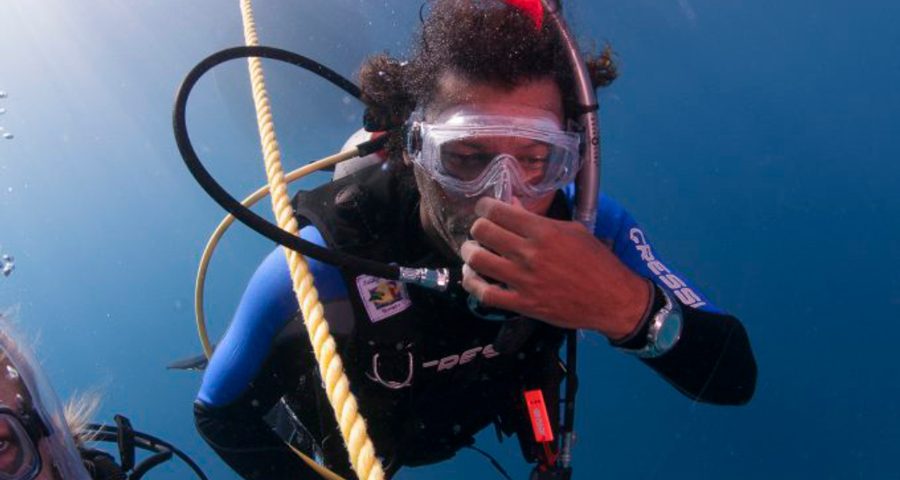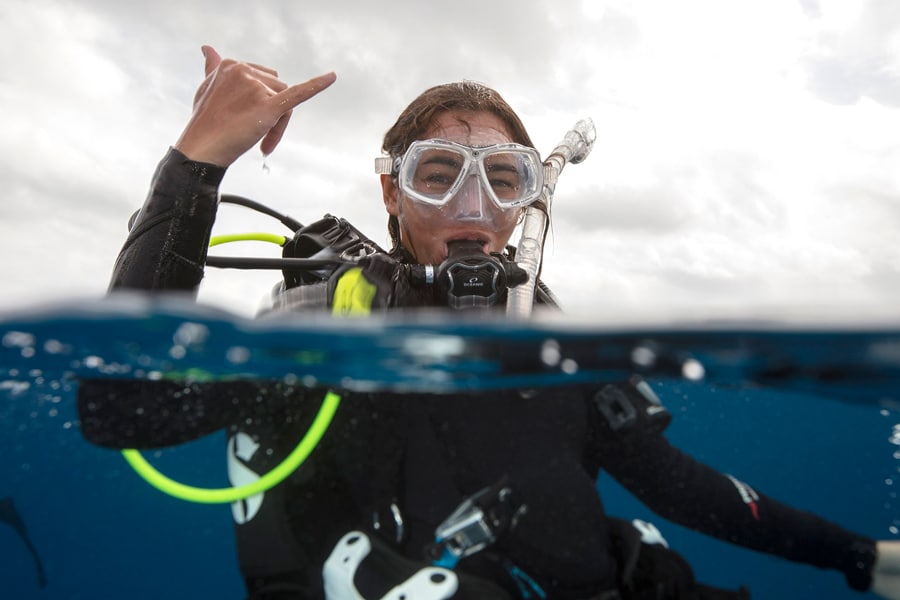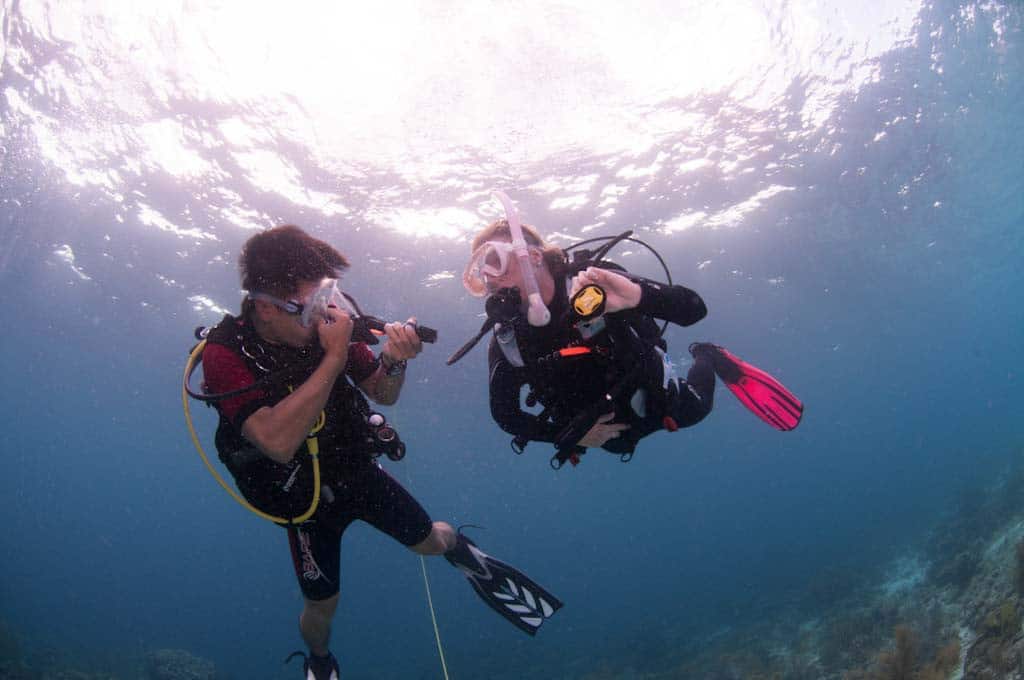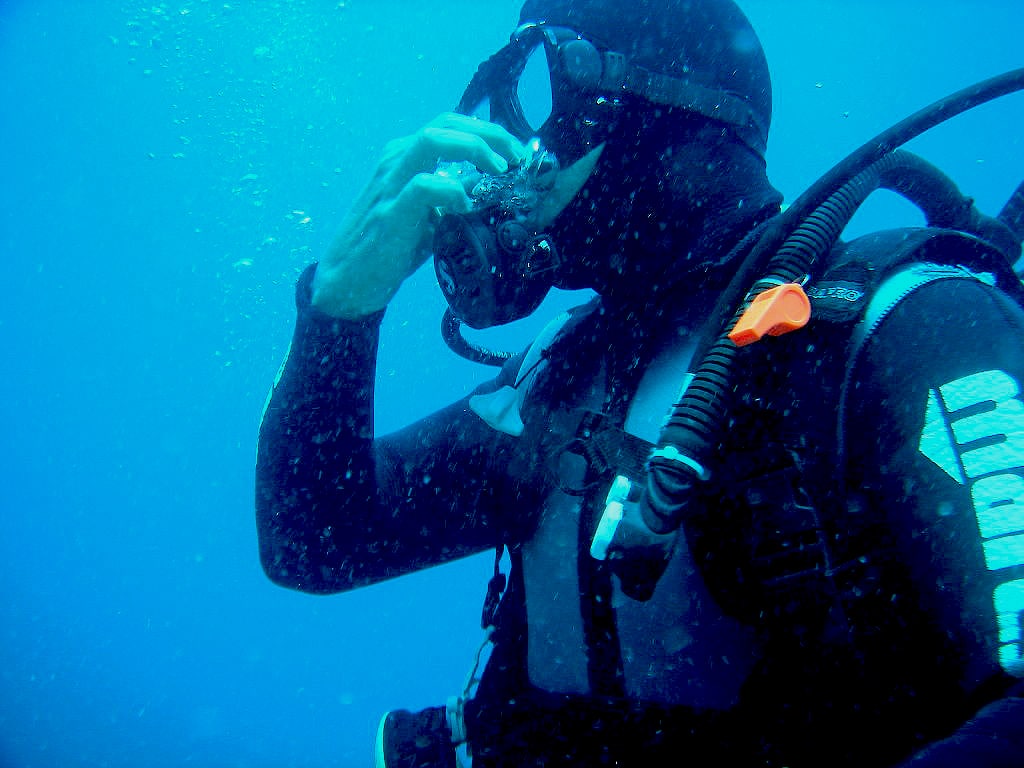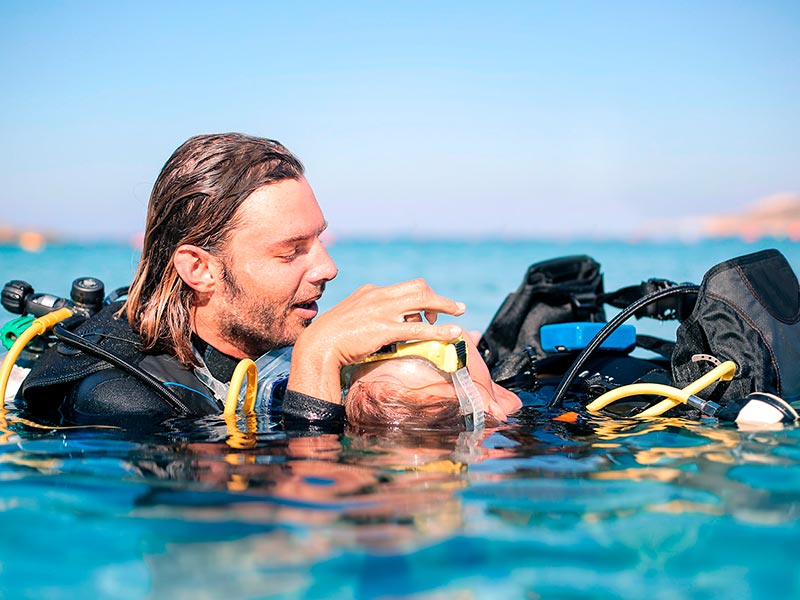1. Why Is It Necessary to Equalize Ears?
Let’s review this basic concept so that we better understand the problems with equalizing ears and the strategies to solve them. Inside the ears are highly sensitive air spaces that are affected by pressure changes. We need to equalize the exterior and interior pressures so that we don’t feel pain, and equalizing the ears is the way to do it. Equalization strategies are based on opening the lower ends of the Eustachian tubes to allow air to enter the middle ear.
2. How To Equalize Ear Pressure? Equalizing Ear Pressure Maneuvers:
There are two types of maneuvers for equalizing ears: equalization maneuvers and pressurization maneuvers. Equalization maneuvers are focused on opening the Eustachian tube to equalize the pressures that affect the middle and outer ear. Examples include yawning, swallowing saliva, tilting the head back and shaking it from side to side, etc.
There are different pressurization maneuvers, but the most well-known and commonly used is the Valsalva maneuver.
2.1. Valsalva Maneuver:
The maneuver consists of closing the air outlets, closing the mouth, pinching the nose, and gently blowing. This way, the air can only go toward the ears. When the diver hears a “pop,” they know they have successfully opened the Eustachian tubes and equalized their ears.
Problems with equalizing ears using the Valsalva maneuver:
- It may not be effective if the Eustachian tubes have already closed due to pressure, as this maneuver does not activate the muscles, it only moves the air.
- It is possible to cause damage to the ear if equalized with too much force.
- It can cause rupture of the eardrum and hearing loss.
But don’t worry, there are other safer techniques that can be used, such as:
Voluntary opening of the Eustachian tubes. To do this, tense the muscles of the palate and throat while pushing the jaw forward and down, as if you were yawning. These muscles will safely open the Eustachian tubes.




